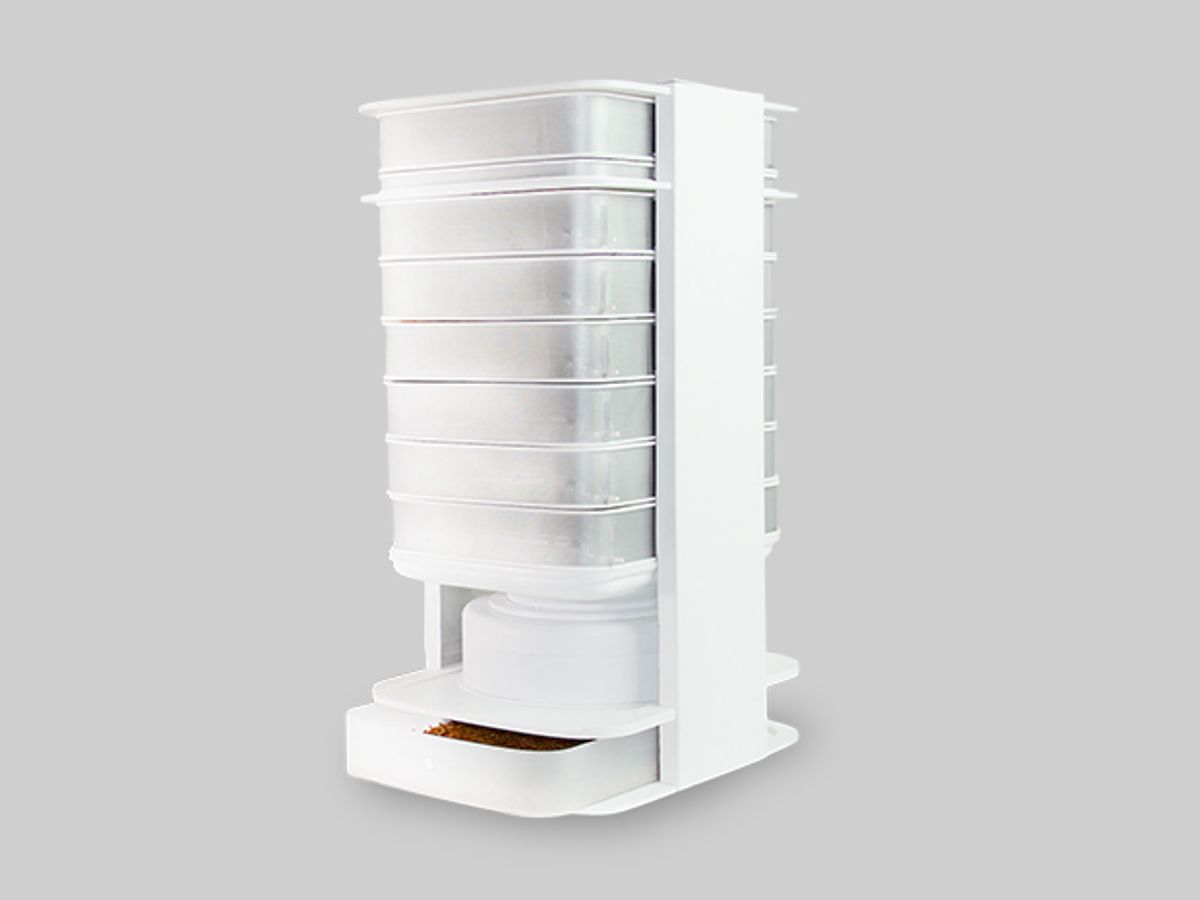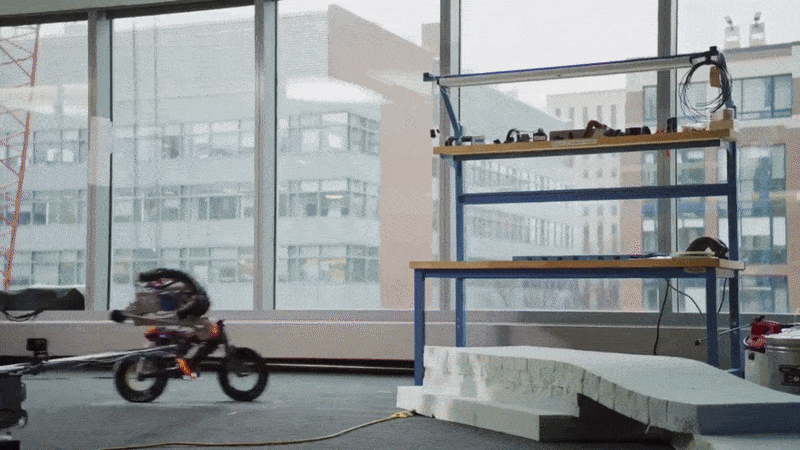The San Francisco Bay Area tends to be ahead of the curve when it comes to food trends, and if those trends involve high tech gadgets, all the better.
So there’s usually a smart food or beverage-preparing gadget at hardware launch events—in past years we’ve seen automatic bartenders, robotic stir-fry gadgets, and countless ways to brew coffee.
This month, the HAX accelerator’s seventh class featured two food gadgets—one fairly predictable, and potentially successful, and one I definitely didn’t see coming.

First, the fairly predictable but on-point in terms of trends: Auroma Brewing Company’s “coffee science machine” which, the company says, can adjust all the parameters for making a cup of coffee, tailoring the brewing process to a particular bean, or a particular user’s taste. It’s what the company calls a “third wave brew,” explaining that first wave coffee drinkers are just going for the caffeine (their example was Folgers, mine would be Dunkin Donuts), second wave coffee drinkers are going for a snack (Starbucks, likely with milk, sugar, an maybe flavorings), and third wave is about getting the unique flavors out of a bean (Blue Bottle coffee drinkers, and those who describe brews of coffee in the way they describe wine). Auroma hopes those Blue Bottle customers will spend $200 or $300 for a system that get them a similar quality brew at home. The gadget is on Kickstarter at $279 and up.
Less predictable, and a bit—OK, a lot—ahead of the trend curve: Livin Farms (photo, top). The company launched a desktop insect farm, a multi-layer, microclimate-controlled gadget that cycles mealworms from the breeding level on top (founder Katharina Unger called that the beetle loveshack), down layer by layer, spending one week in every layer, until they are at the bottom and ready for harvesting. It happens at a rate of 200 to 600 grams per week. Harvesting takes a push of a button that triggers vibrations to separate the edible mealworms from waste. “They have a neutral flavor, a bit nutty in taste, and can be used in savory or sweet dishes,” Unger said, pointing out that lobster was once considered the cockroach of the ocean, so with a little rebranding mealworms could be a gourmet food. The gadget is available on Kickstarter for $449 and up; sample packs of mealworm snacks are $25.
Tekla S. Perry is a senior editor at IEEE Spectrum. Based in Palo Alto, Calif., she's been covering the people, companies, and technology that make Silicon Valley a special place for more than 40 years. An IEEE member, she holds a bachelor's degree in journalism from Michigan State University.



